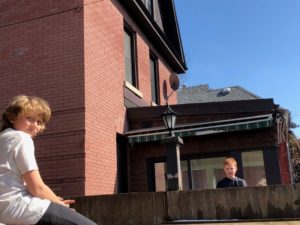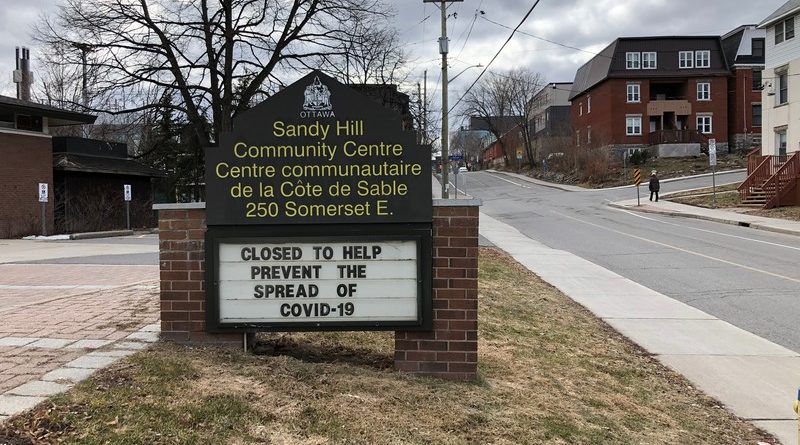Doable COVID-19 advice and DIY stuff
Dodi Newman
We are being bombarded by new COVID-19 bulletins every day, yet there still is much we do not know about this disease. We do know it is going to be around for a good while yet. To protect ourselves and others, we are urged to seek medical advice immediately if we have a fever, dry cough and are short of breath. We have also been told to wear masks if we are ill, to wear disposable gloves and to clean our hands by washing well with soap and water or, if water isn’t available, to disinfect with hand sanitizer.
But what are the symptoms at the onset of the disease? And what do we do now that neither masks, disposable gloves, nor hand sanitizers are available? What to do if we do get ill but cannot be seen by a physician or be admitted to a hospital and have to take care of ourselves at home? I’ve spent some time on the net to get clear and practical advice—here are the results:
Patient and care giver advice

Photo Clare MacDonald
This website provides clearly written advice and even gives substitutes for materials like disposable gloves and hand sanitizers that have been sold out for a while now. It also gives detailed and clear advice on how to clean and disinfect your home. (Alternatively, to get to this Government of Canada web site enter the following phrase into your browser search box: care for a person at home with COVID-19)
Ontario Telehealth for medical advice:
www.ontario.ca/page/get-medical-advice-telehealth-ontario
Self-assessment:
covid-19.ontario.ca/self-assessment/#q0
Among other things, Telehealth Ontario recommends that, if you have muscle aches, fatigue, headache, sore throat, or a runny nose and have travelled outside Canada in the last 14 days, you contact your physician for a virtual assessment, or Telehealth Ontario at 1-866-797-0000 and to speak with a registered nurse.
How to make a mask:

Photo Christine Aubry
www.youtube.com/watch?v=VgHrnS6n4iA
www.youtube.com/watch?v=BCJcE-r7kcg
Masks like this are not nearly as effective as surgical or N95 masks, but they do help somewhat if you can’t get anything else. Their greatest value may be that they are useful in reminding each of us not to touch our face. Disinfect masks in a bleach solution (5 tablespoons bleach to 4 litres of water) after each use, and wash them in a hot water laundry cycle. If you line them with an absorbent pad, remove the pad and dispose of it first.
What gloves to use:
Disposable latex gloves if you can find them. Dispose of them in a lined trashcan after each use.
If you cannot find disposable gloves, use reusable latex household gloves. Make sure to wash them thoroughly with soap and water after each use.
How to dispose of contaminated materials (tissues, disposable gloves, etc.):
Place used masks, gloves and other contaminated items in a container lined with a plastic bag, tie the bag shut and dispose of it with other household waste. Do not shake (or stir, for that matter).
The best advice is still our mothers’ and grandmothers’ admonition: Wash your hands! Plus ça change, plus c’est la même chose.

Photo David Elden
